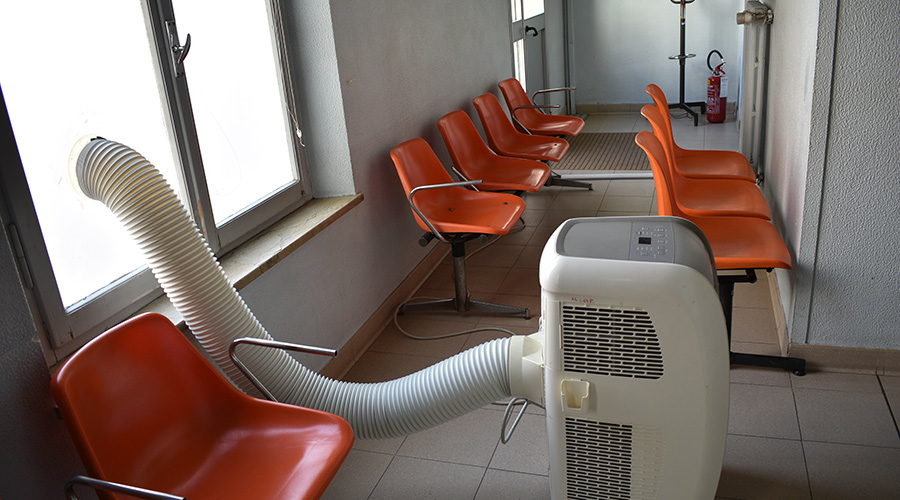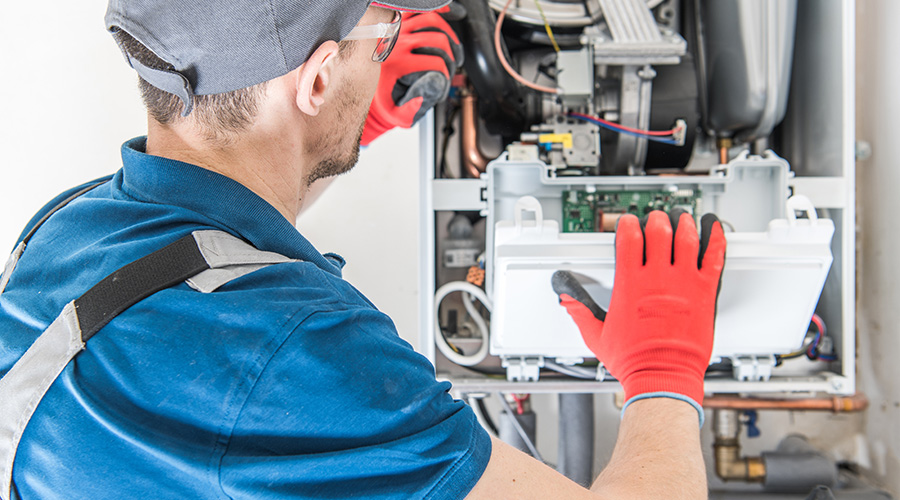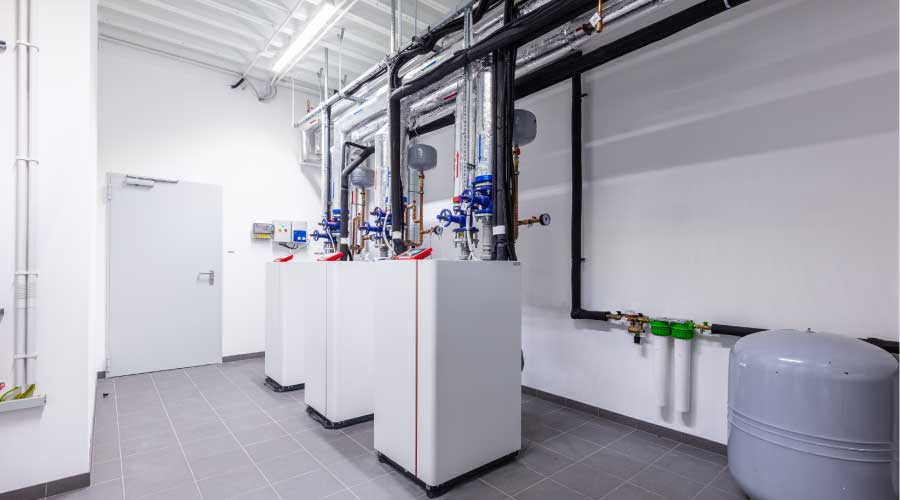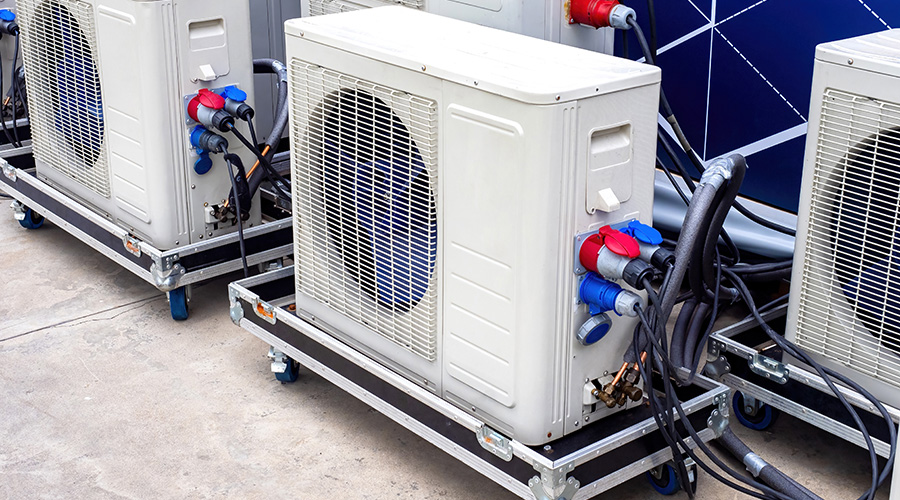More HVAC Projects Qualify for Federal Tax Deductions
Facility managers are finally starting to get it. All over the country, they are taking advantage of Energy Policy Act (EPAct) tax deductions of $0.60 to $1.80 per square foot to support energy efficient HVAC installations. The sudden large increase in projects qualifying for HVAC tax deductions is occurring for several reasons. For one, facility managers and tax advisers are getting better at identifying qualifying projects. Also, HVAC equipment is getting substantially more energy efficient. Finally, building energy modeling is being used in more new building and HVAC projects.
The deductions — established under EPAct Section 179(D) of the Internal Revenue Code — are designed to encourage energy efficiency in upgrades to existing buildings and new construction. The maximum deduction is $1.80 per square foot. To qualify, a building must reduce overall energy costs by 50 percent compared to a building designed to meet the 2001 version of American Society of Heating, Refrigerating and Air-Conditioning Engineers (ASHRAE) standard 90.1. If a project doesn't reduce energy costs enough to qualify for that deduction, there are deductions of up to $0.60 per square foot each for lighting, HVAC and the building envelope. Government buildings, which don't pay taxes, may transfer tax deductions to project designers.
To qualify for a deduction, an HVAC project must reduce energy costs at least 16.67 percent below the costs for a building designed to meet ASHRAE 90.1-2001. The project must use energy modeling to show the energy cost savings.
Enough HVAC projects have qualified for deductions that it is possible to identify types of projects that most often achieve deductions. Other HVAC projects may also qualify for deductions, but most so far fall into one of three categories:
1. Installation of one or more of 11 categories of HVAC equipment. Although Section 179(D) deductions are not limited to specific types of HVAC equipment, and any HVAC project that meets the criteria spelled out in Section 179(D) would qualify for a deduction, most deductions to date have been for the following types of projects:
- Geothermal (ground source heat pumps)
- Thermal storage
- High-efficiency package terminal air conditioning (PTAC) units in apartments and hotels
- Centralized HVAC in apartments and hotels
- Energy recovery ventilation
- Demand control ventilation
- Chillers in buildings of less than 150,000 square feet
- Very efficient heaters in warehouse, industrial and other spaces with no air conditioning
- VAV devices in buildings of less than 75,000 square feet
- Chilled beam ceilings
- Magnetic bearing chillers
2. Installation of any further energy-reducing HVAC equipment in a building that already meets Section 179(D) criteria of energy costs that are at least 16.67 percent lower than a building designed to meet ASHRAE 90.1-2001. Buildings that already use one of the 11 HVAC equipment categories generally meet that criterion.
3. Combining energy-efficient lighting with energy-efficient heaters in non-conditioned spaces and combining LED lighting in conditioned spaces.
Section 179(D) deductions are obtained for reductions in energy costs and those costs are based on a building designed to meet ASHRAE 90.1-2001. For example, installing a chiller in a building of less than 150,000 square feet typically qualifies for a deduction because the ASHRAE 90.1-2001 reference building will include a less efficient HVAC package unit. The same goes for geothermal systems.
Thermal storage systems often qualify because they take advantage of time-of-day pricing. These systems produce ice or chilled water at night, when electric rates are lower, and use it to cool the building during the day. The difference between nighttime and daytime rates is usually significant enough to generate energy cost savings for the deduction.
Buildings connected to district cooling systems that use thermal storage may qualify for "free-riding" Section 179(D) deductions for HVAC, lighting or building envelope upgrades.
Related Topics:














